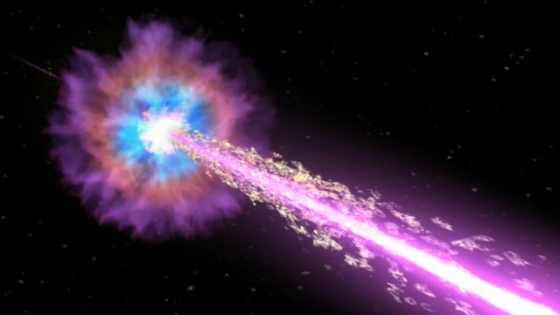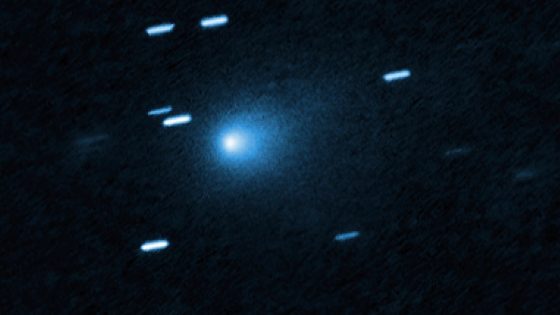Astronomers have made significant strides in understanding the universe by studying Fast X-ray Transients (FXTs), a newly discovered class of cosmic explosions. These brief yet powerful X-ray outbursts last only a few minutes and have puzzled scientists for years. On August 21, 2025, researchers successfully traced one FXT, designated EP240315A, back to its source, revealing insights into stellar life cycles billions of years ago.
- Fast X-ray Transients (FXTs) discovered recently
- EP240315A traced back to 12 billion years
- FXTs may relate to supernova events
- Einstein Probe enhances real-time detection
- FXTs could be linked to gamma-ray bursts
- Research published in Nature Astronomy
The Einstein Probe X-ray space telescope played a crucial role in this discovery, allowing astronomers to observe FXTs in near real time. Previous findings were often too late to analyze, making this breakthrough particularly exciting for the scientific community.
This revelation raises important questions about the nature of these cosmic events. Do FXTs share origins with gamma-ray bursts (GRBs), or do they represent a distinct phenomenon? Key points include:
- FXTs may occur when massive stars collapse, potentially forming black holes.
- The energy released in FXTs can surpass that of the sun over its entire lifetime.
- Only a handful of FXTs had been identified before the Einstein Probe’s advancements.
- Observations suggest that FXTs could play a role in the reionization of the universe.
As researchers continue to explore these transient phenomena, we may uncover more about the universe’s past and the processes that govern stellar evolution. The future of astronomy looks promising as new technologies like the Einstein Probe enhance our observational capabilities.

































